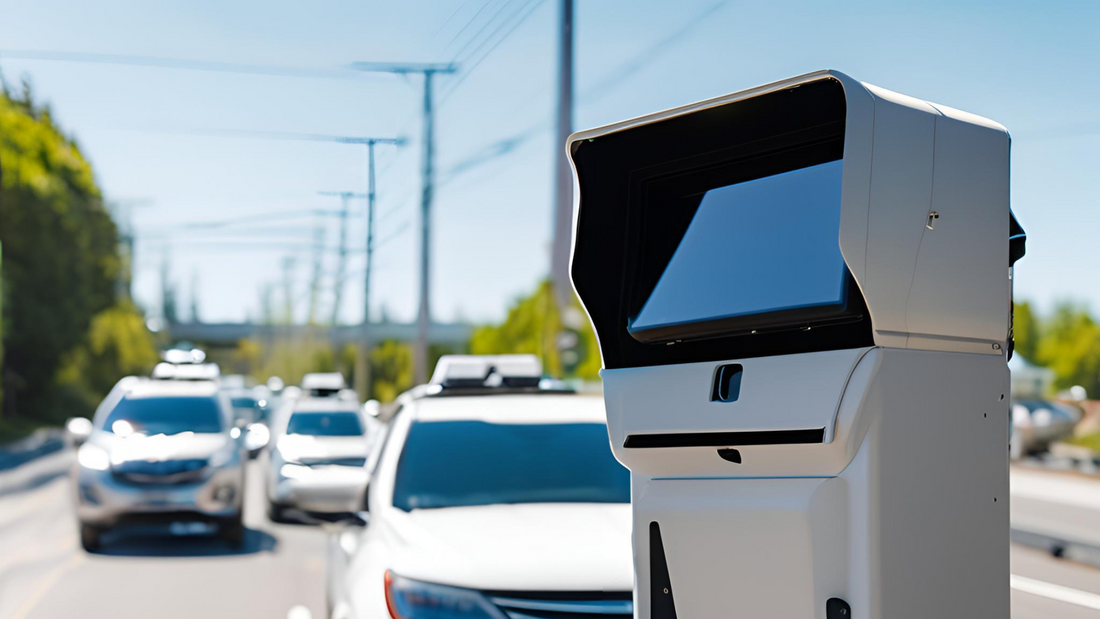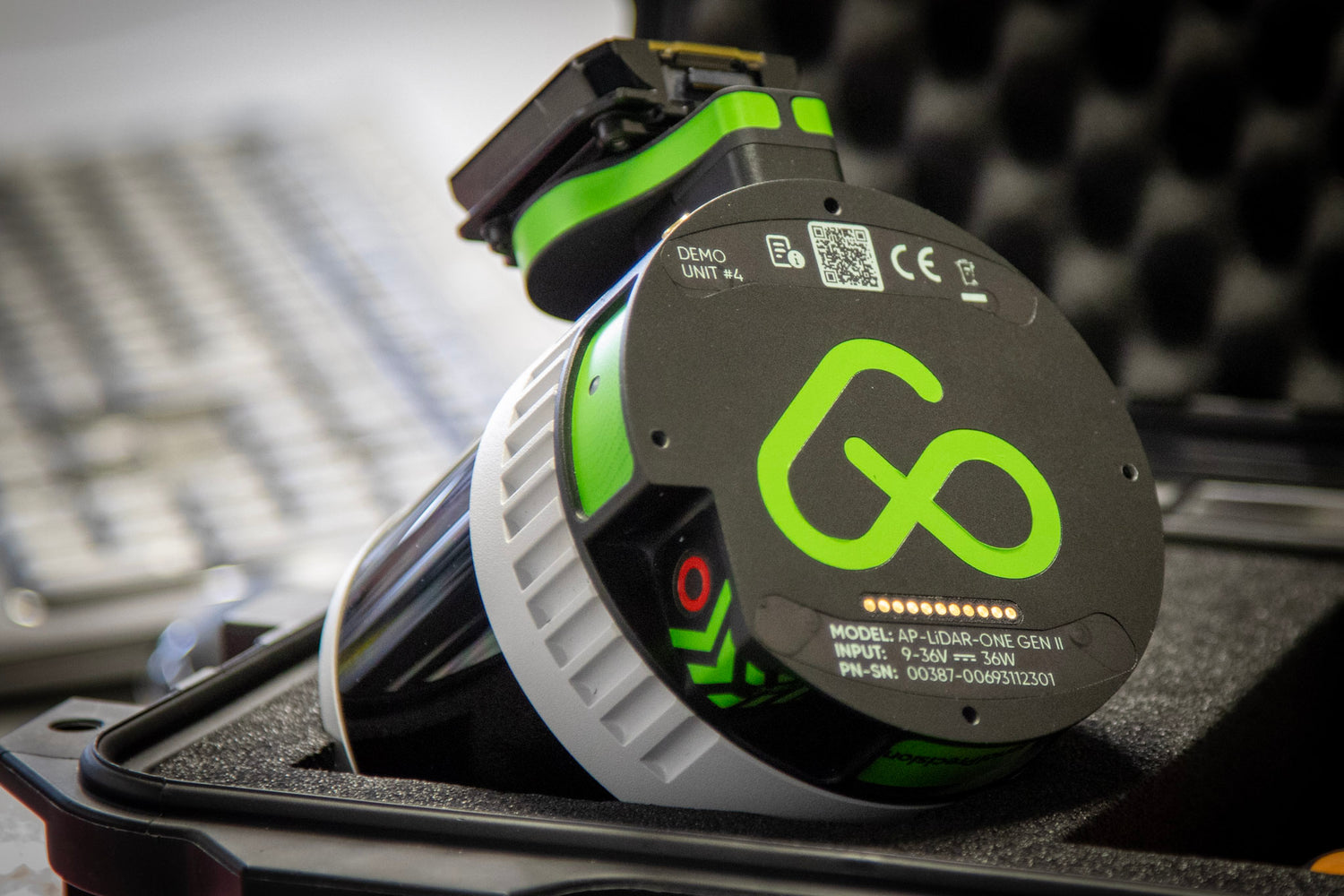
LiDAR: The police's new best friend in traffic enforcement
Ana Rouxinol
We have previously examined how law enforcement is being changed by LiDAR (Light Detection and Ranging) technology, covering everything from crime scene recreation to disaster management. However, LiDAR does not stop at policing. This new-generation technology is infiltrating traffic enforcement, too, creating new, more precise, effective, and safer roadways.
LiDAR is not really a new technology, however. It has advanced to allow ways to use it for traffic enforcement beneficially. What is the most promising LiDAR application? Speed cameras! However, LiDAR is not just about issuing citations to speeders. LiDAR is about creating smarter, safer, and more efficient roadways for everyone.
LiDAR: beyond traditional speed cameras
Speed cameras have been a staple of traffic enforcement for decades but come with limitations. Traditional cameras rely on visual data, which can be affected by weather, lighting, or obstructions. This is where LiDAR technology comes into play.
LiDAR uses laser pulses to measure distances and create highly accurate 3D maps of its surroundings. When applied to traffic enforcement, it can accurately detect a vehicle's speed, regardless of environmental conditions. But that's just the beginning.
LiDAR can do much more than measure speed when combined with AI and traditional cameras. It can monitor a car's path, track traffic flow, and predict potential collisions. Imagine a system that not only catches speeders but also prevents accidents by coordinating traffic lights or alerting drivers to hazards in real-time.
Real-time visualization: a game-changer for traffic safety
One of LiDAR's standout features is its ability to provide real-time visualization of traffic conditions. LiDAR creates a dynamic, up-to-the-minute picture of what's happening on the road.
For example, if a driver is heading the wrong way on a one-way street, LiDAR can immediately visualize the anomaly and alert authorities. This capability allows law enforcement to respond faster and more effectively to potential dangers.
Moreover, LiDAR's precision reduces the likelihood of errors, such as misidentifying vehicles or incorrectly calculating speeds. This ensures that enforcement is not only practical but also fair.
The power of combining technologies
While LiDAR is impressive, its true potential shines when integrated with other technologies. Pairing LiDAR with AI and cameras creates a comprehensive traffic monitoring system that benefits law enforcement and drivers.
For police, this combination means faster response times, better evidence collection, and improved situational awareness. For drivers, it means safer roads and more efficient traffic flow.
Imagine a future where your car communicates directly with traffic enforcement systems. If an accident occurs or a hazard is detected, your vehicle could receive an instant alert, helping you avoid danger. Similarly, traffic lights could be dynamically adjusted to reduce congestion, making your commute smoother and greener.
A safer, smarter future for traffic enforcement
Let's face it, no one likes receiving a speeding ticket in the mail. However, the goal of LiDAR-enabled traffic enforcement isn't to punish drivers. It's to create a safer, more efficient driving environment for everyone.
By leveraging LiDAR's real-time visualization, accuracy, and predictive capabilities, we can reduce accidents, ease traffic congestion, and save lives. While the cost of LiDAR technology is currently higher than that of traditional cameras, its long-term benefits, both in terms of safety and efficiency, make it a worthwhile investment.
The road ahead
With advancing LiDAR technology, applications in traffic policing will only increase. Here, from speed detection to accident prevention, LiDAR is a resource that a contemporary police force cannot live without.
The next time you're on the go, remember this: technology like LiDAR isn't just staring at you. It's trying as best it can to keep you alive. Drive sensibly, stay aware of the incredible capability of modern technology, and help make traffic law enforcement as much prevention as it can be enforcement.
After all, it's never been easier to get a fine, but it's never been easier not to get one. Be safe out there!




